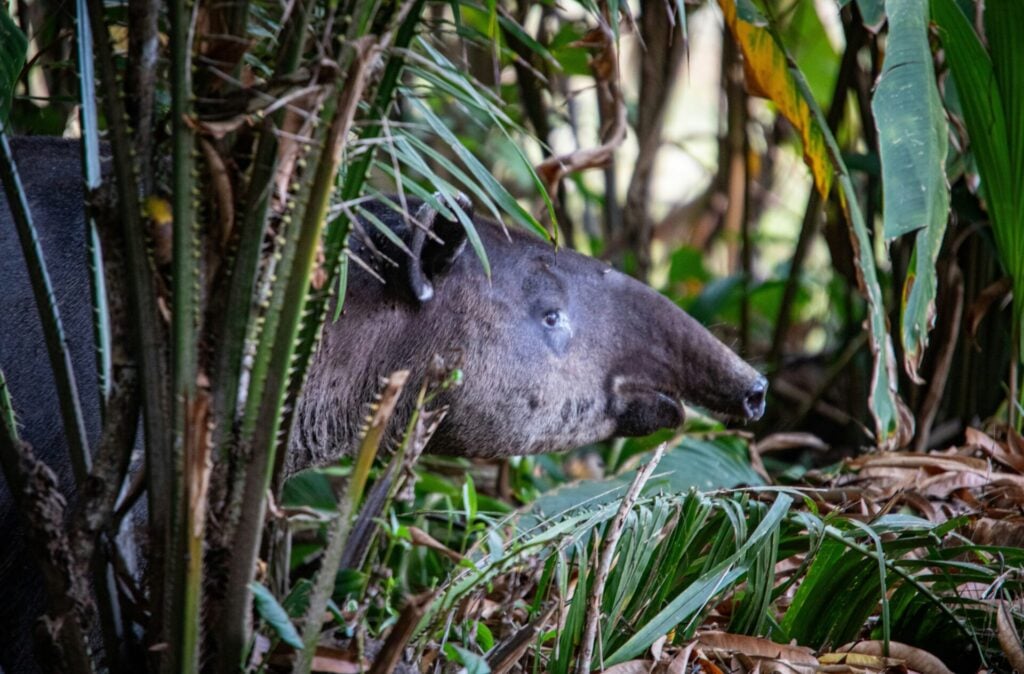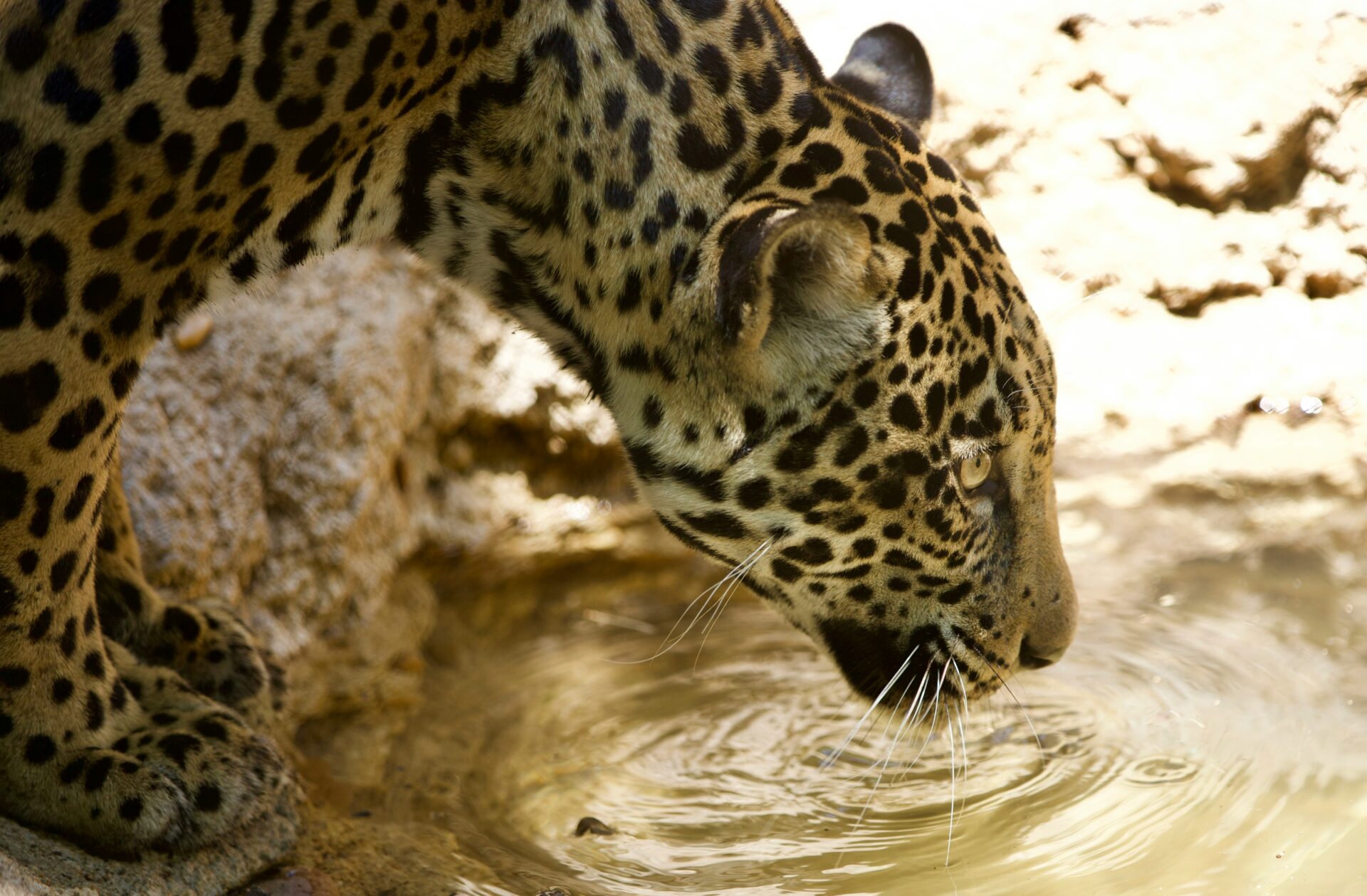As climate change continues to rewrite the rules of survival in Central America’s forests, conservationists in Guatemala are turning to science-backed innovation to help wildlife adapt. With record-breaking heat and erratic rainfall drying up key water sources across the Maya Forest, a lifeline has arrived in the form of artificial watering holes.
Two national parks in northern Guatemala, Laguna del Tigre and Mirador-Río Azul, are now home to these strategically placed waterholes. Designed to withstand the region’s punishing dry seasons and challenging terrain, the installations are already playing a crucial role in species survival.
‘During the dry season, many natural watering holes dry up completely,’ says Rony García-Anleu, Director of the Biological Research Department for the Wildlife Conservation Society (WCS) Guatemala Program. ‘This significantly reduces the chances of survival for many species.’
To address this critical issue, artificial waterholes have been strategically installed at key points throughout the parks where wildlife is most vulnerable, despite the logistical complexities of reaching these remote jungle environments.
Guatemala’s Rare Captures
Camera traps have captured a stunning array of wildlife using the new water sources – tapirs, puma, jaguars, deer, snakes, and margays, among others – many of whom are endangered or elusive.
These glimpses offer a window into how animals are adjusting their patterns and behaviours under increasing water stress, and how simple, well-placed interventions can support entire ecosystems.
‘Artificial watering holes are not a permanent solution,’ García-Anleu added, ‘but they are a vital tool in helping wildlife adapt to increasingly unpredictable environmental conditions.’
While these watering holes were originally designed to provide relief during the dry season, ongoing monitoring has revealed something unexpected: wildlife are continuing to use them even in the rainy months. This suggests not only deepening water scarcity but also that the waterholes are becoming part of the functional landscape, absorbed into the natural rhythms of the forest.

This adaptive approach offers a powerful reminder that conservation must now be as dynamic and responsive as the climate crisis itself. For the Maya Forest, one of the last great tropical strongholds in the Americas, it may also be a crucial buffer against collapse.
As the effects of climate change intensify across Mesoamerica, the work being done in Guatemala is setting a precedent for science-led, locally coordinated, and rapidly scalable solutions to biodiversity loss. In regions where the environment is both rich in life and acutely vulnerable, these efforts may very well spell the difference between survival and extinction.









